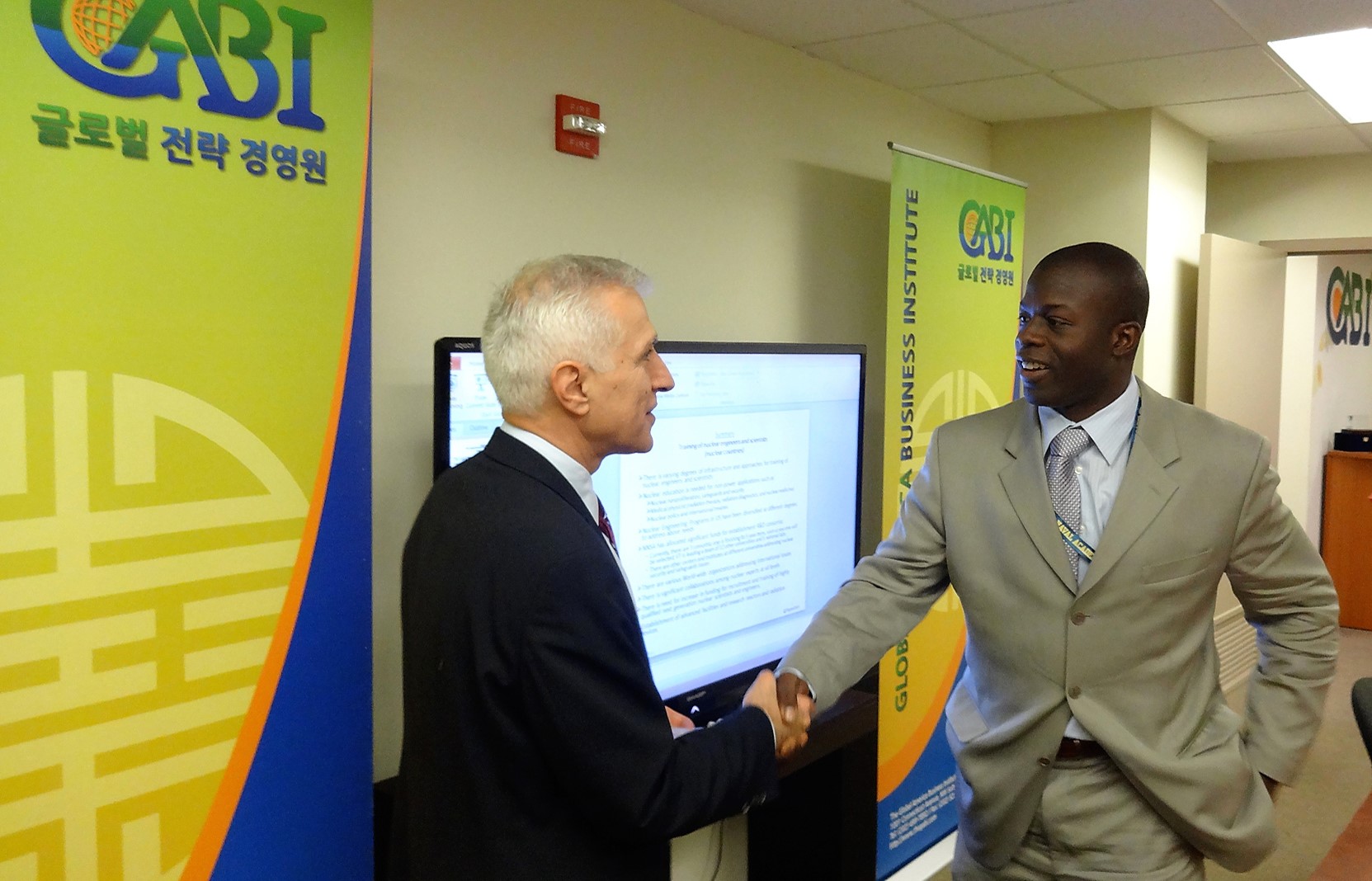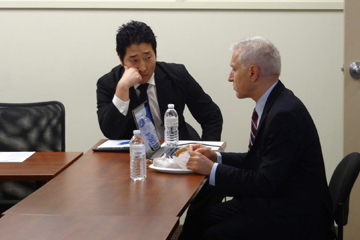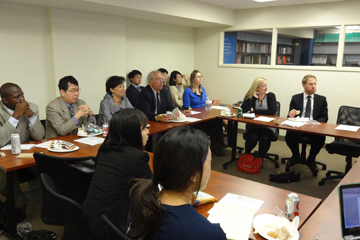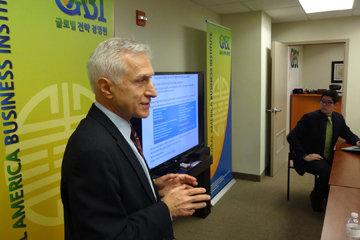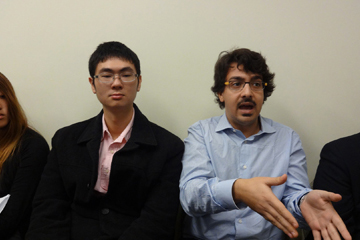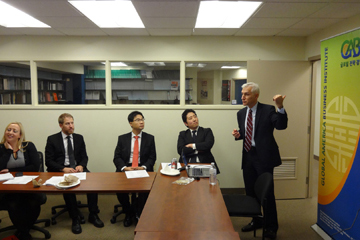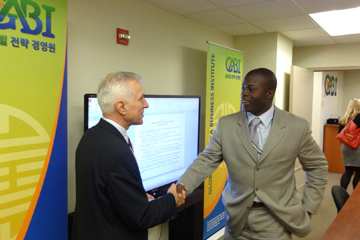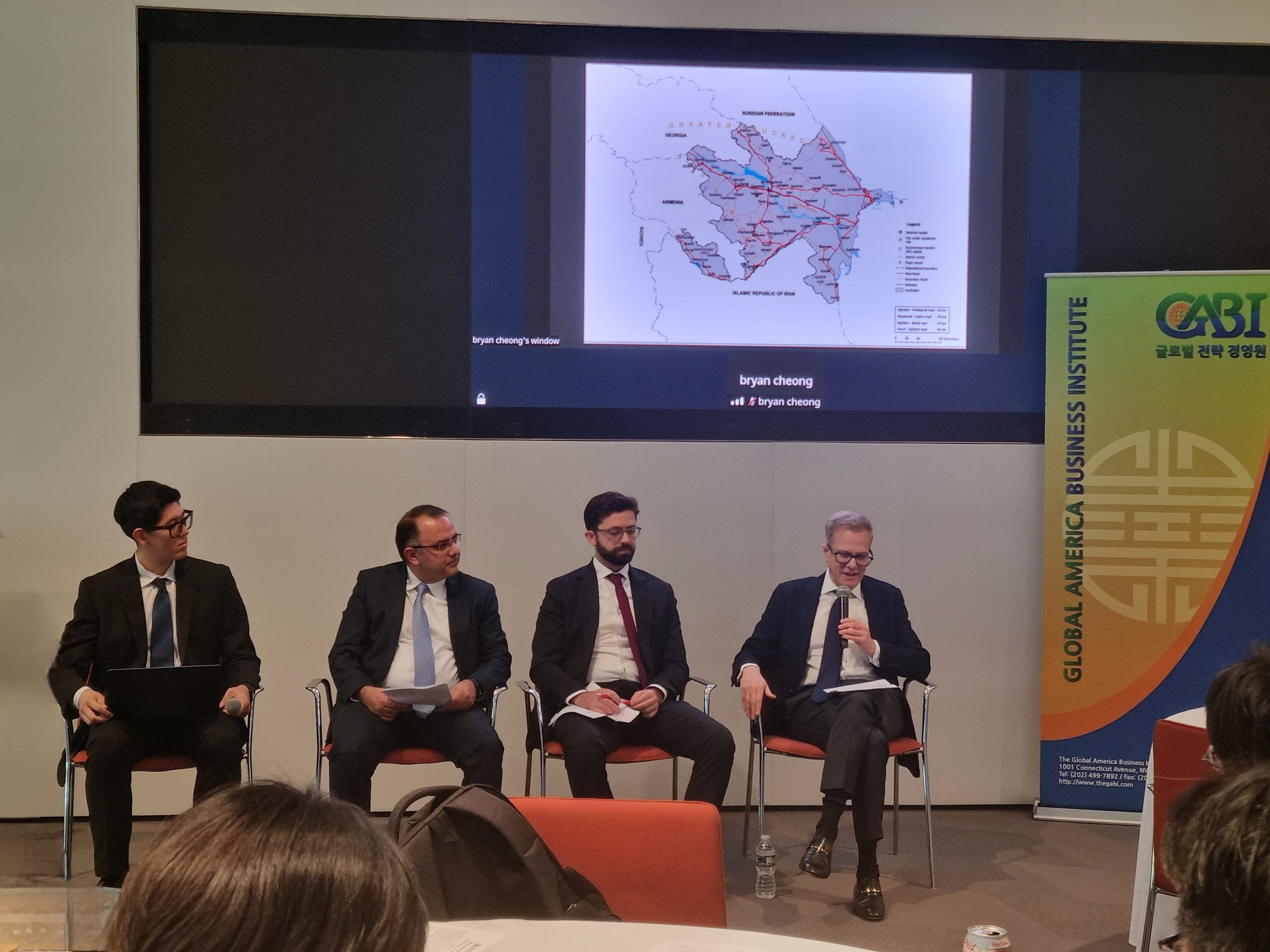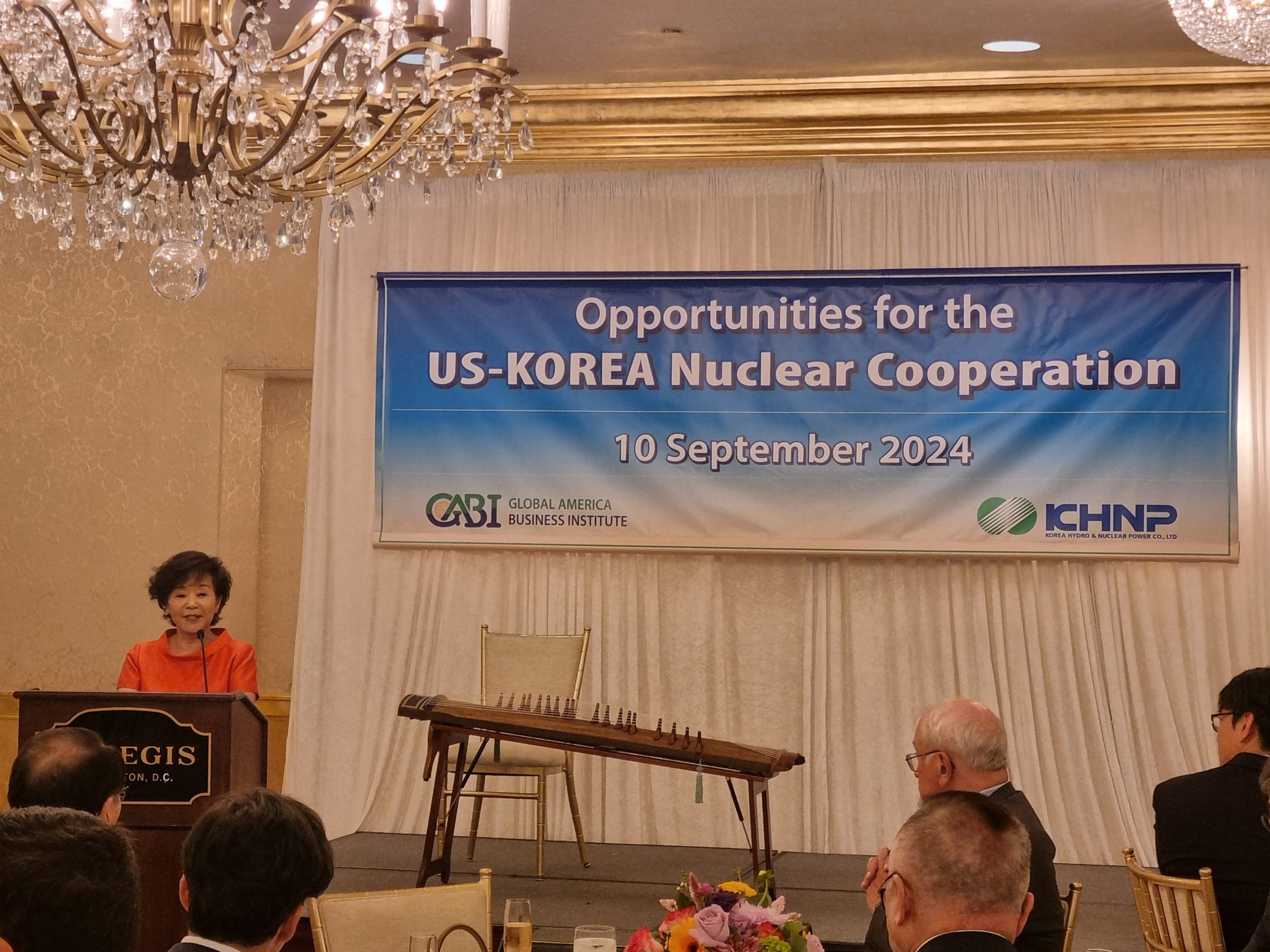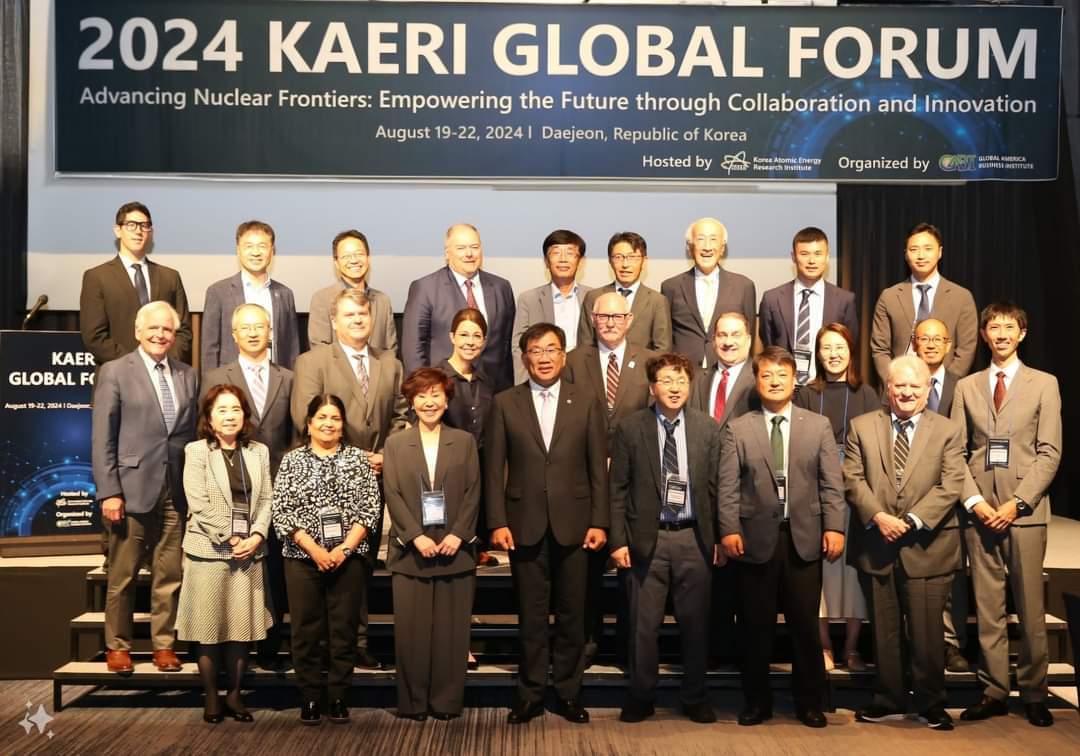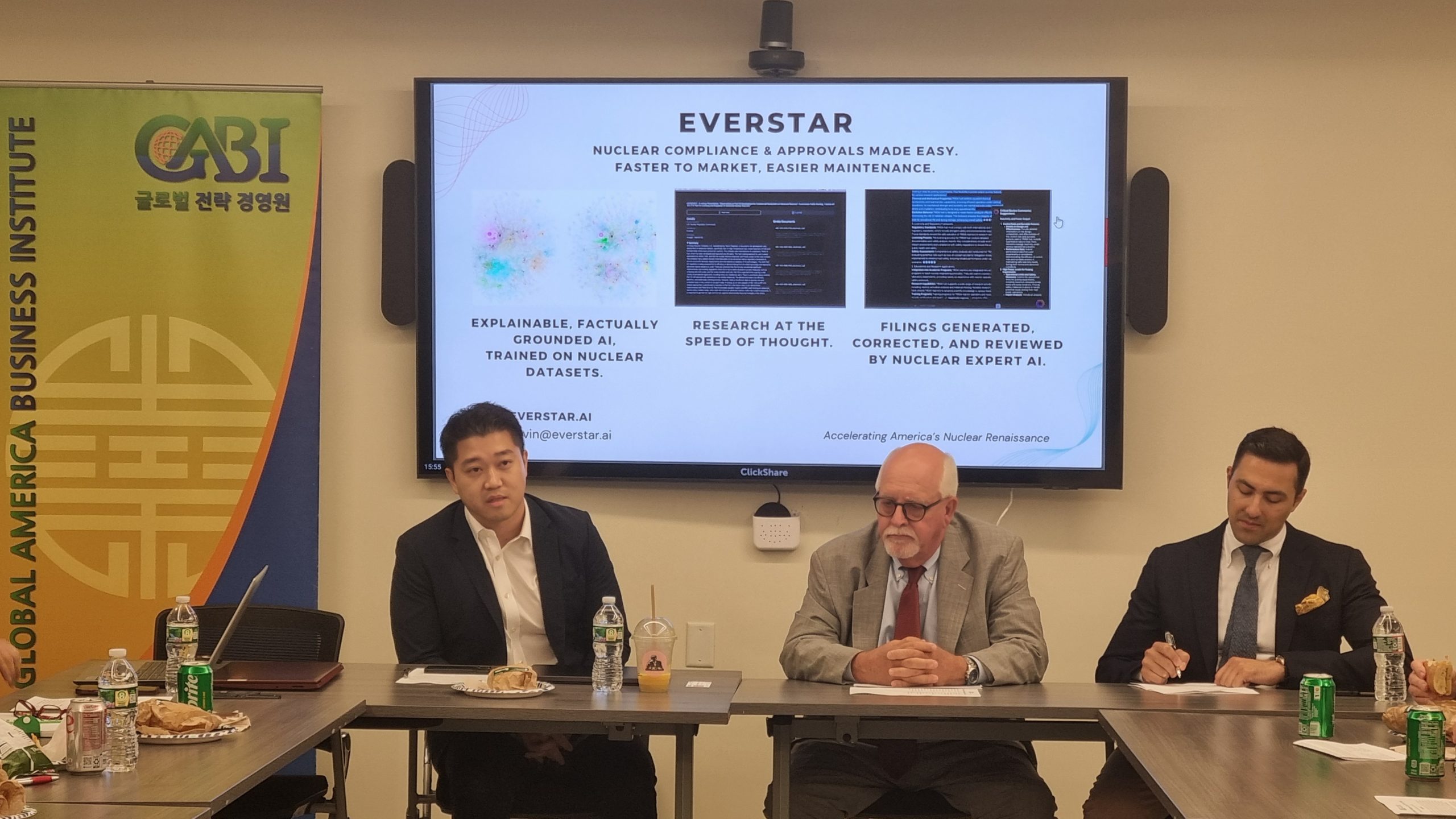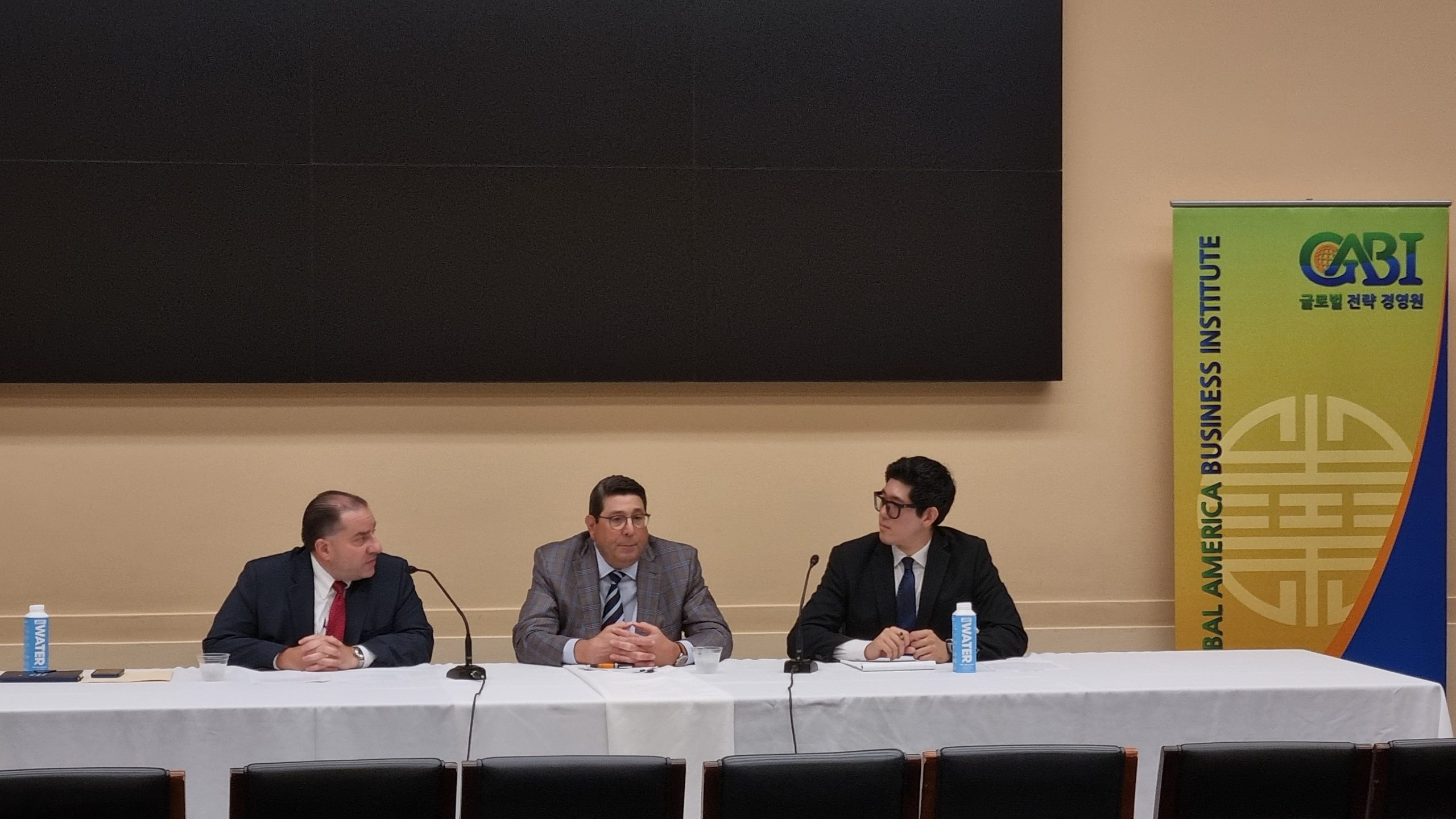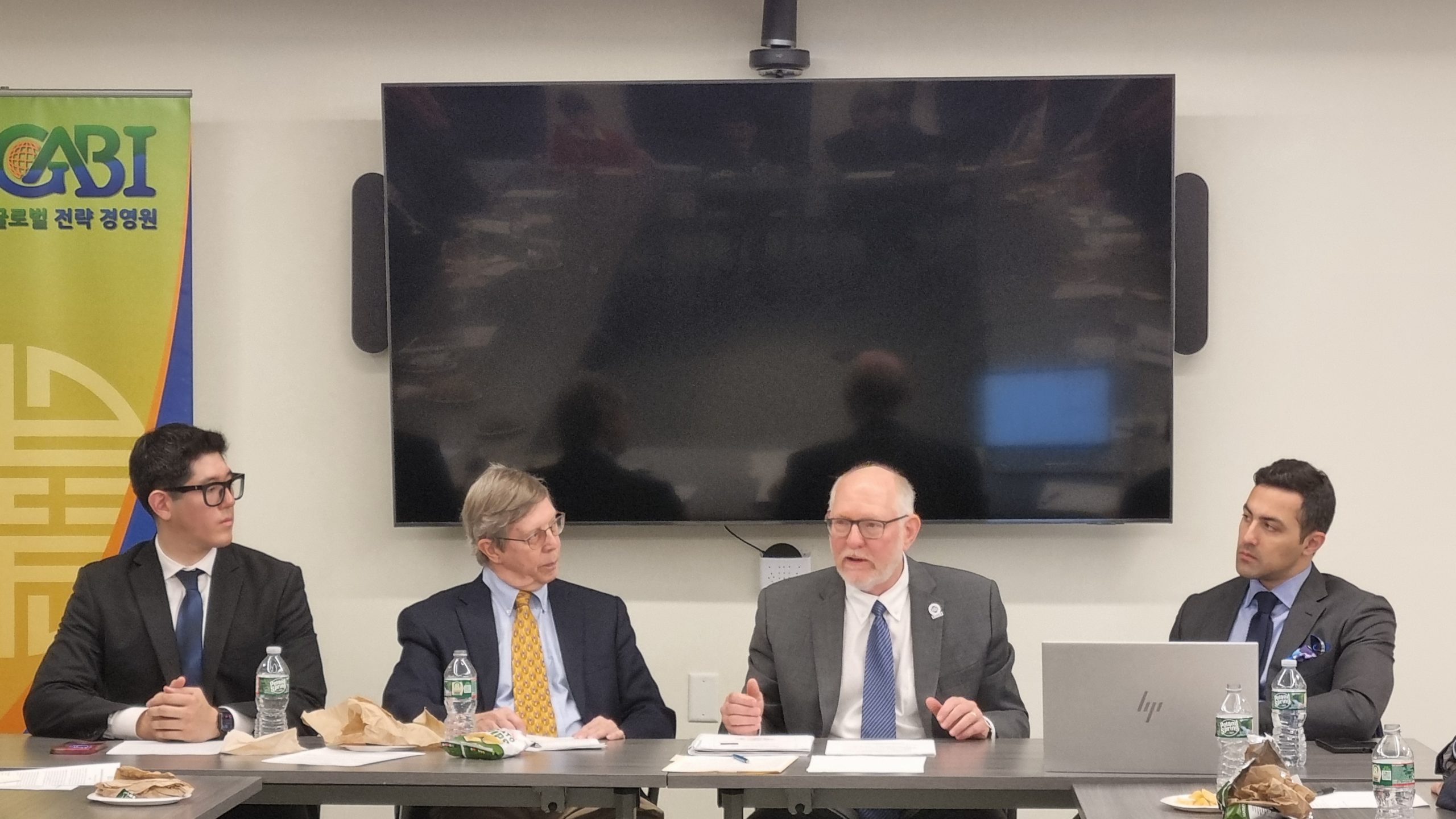Nuclear science and engineering education is essential because of the unique fundamentals and design of reactor cores and radiation systems. Engineers and physicists from other disciplines cannot replace nuclear engineers, particularly on work involving reactor thermal hydraulics, nuclear materials, radiation effects on matter, etc. Nevertheless, approaching the late 1990s, enrollment in nuclear engineering programs in the U.S. was in rapid decline, reaching a nadir of 103 graduates nationwide in 1999. Moreover, the number of nuclear engineering programs at U.S. universities has been steadily decreasing since the 1970s. Although the U.S. government, in response to some of these alarming trends, is currently supporting nuclear education through various funding and scholarship programs, workforce bottlenecks in the U.S. could pose certain obstacles in the future, particularly with regards to advanced nuclear energy R&D. In this environment, international exchanges among nuclear academics become increasingly vital and germane. Furthermore, given significant interest in many countries in starting civil nuclear programs, engagement with such countries on nuclear education becomes increasingly important in strengthening global standards in safety, security, and nonproliferation.
State of Nuclear Science and Engineering Education in the U.S.: Need for Greater International Exchanges
October 01, 2015
By admin|2018-01-30T20:28:14-05:00October 1st, 2015|Categories: Nuclear Energy, Nuclear Energy Workshops|0 Comments

